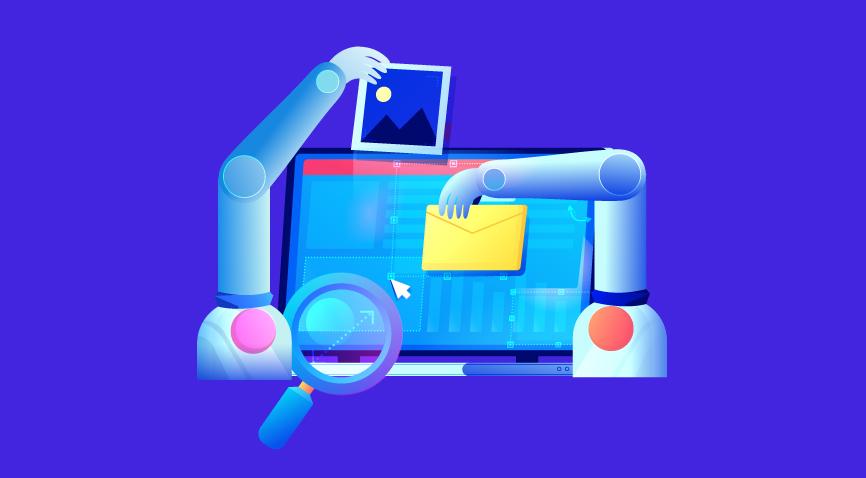
Table of Contents
- Understanding Marketing Automation Workflow
- Email Marketing Automation Workflows
- 14 Email Marketing Automation Workflows
Email marketing automation workflows can be a massive boon for any business trying to make its online presence felt. It establishes and maintains a regular communication channel with clients (which is the primary purpose of email marketing) and helps build lasting relationships, improve conversions, and drive revenue with these email subscribers. Today, 75% of all companies use at least one kind of email marketing automation tool.
This article will be looking at fourteen email marketing automation workflows that will help you scale up your business.
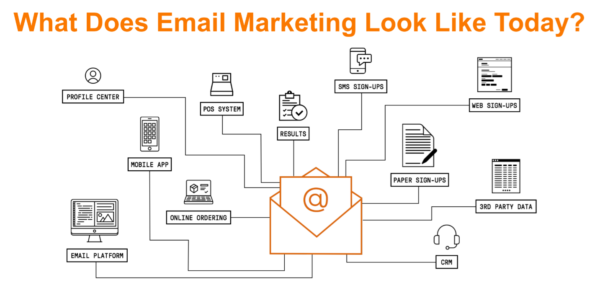
But before that, we will first understand the key jargon.
Understanding Marketing Automation Workflow
In simple terms, marketing automation involves using software that helps marketers fully automate their activities. These activities may include multi-platform digital marketing campaigns or contact management.
Marketing automation workflow uses technology to fully automate manual activities based on specific rules or guidelines. Typically, these workflows have an “if-then” format, which means if a given condition is satisfied, a particular action will follow.
A general marketing automated workflow has the following aspects:
- Multiple stages in a consumer life cycle include visiting your website, filling up a contact form, becoming email subscribers, asking you to contact them, etc.
- The flags or triggers for different stages within the workflow that might be part of consumer behavior or characteristic
- The relevant actions triggered by these flags include sending them an email or adding them to a list.
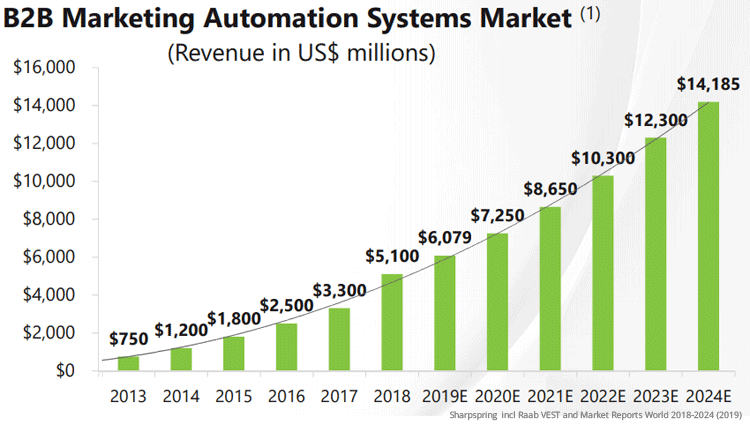
Now, before we explore different email marketing automation workflows, let us understand how to automate email workflows.
Email Marketing Automation Workflows
Email marketing automation workflow is the process of sending a series of emails based on a subscriber’s action or behavior. For example, a welcome email campaign is a series of emails sent automatically when someone subscribes to an email list.
These emails are designed once and sent automatically when the campaign is triggered.
In the above example, subscribing to an email list is an action that triggers the welcome email sequence.
Email marketing tools can be used to create automated workflows. First, you’ll need to identify the action that will trigger the campaign and the lead’s journey. Then, add different steps that will move the lead through the journey.
Let’s look at some email marketing automation workflows with examples.
14 Email Marketing Automation Workflows
1. Welcome email workflow
One great way to engage with your audience is to greet them with an automated welcome email campaign. The trigger here is subscribing to your blog or newsletter. Such a campaign is a great way to leverage the initial curiosity and excitement of new subscribers. Such campaigns act as an ice-breaker between you and your audience and build momentum that drives them to your published content.
A BlueHornet study reveals that 75% of new subscribers expect a welcome email after they sign up. Also, the key here is to time it right. An automated welcome email sent a day after the initial sign-up would not make much of an impact. Typically, a welcome email sent within an hour makes a maximum impact, according to Smartinsights.com.
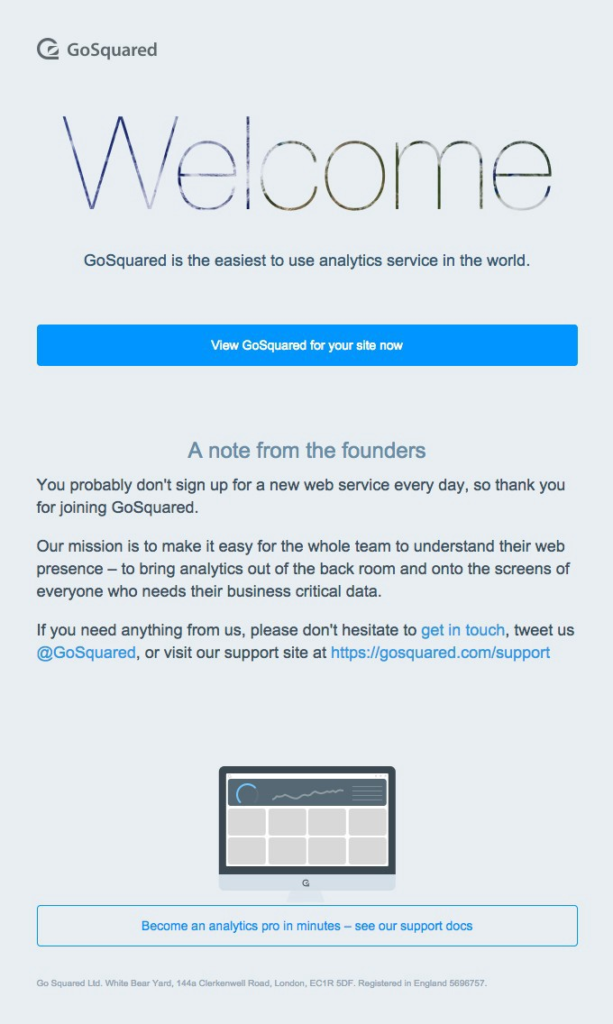
2. Topical content workflows
You need to create a workflow for each industry-related subject you curate content about in such emails. Here, the trigger is page views or downloading specific content. So, for example, if you are a dog breeder whose content revolves around dog gear, dog diets, and dog boarding, you could box your content marketing offers (e-books, kits, webinars, etc.) and blogs by such topics.
You can then create an email workflow for each content type and trigger the relevant workflow whenever one of your readers or subscribers downloads offer-related content or views that particular page. So, if your reader downloads your e-book on “10 Tips for Giving Your Dog a Balanced Diet,” your “dog diet” workflow is triggered. It will then send the reader other relevant content like articles or tips on dog diets.
3. Training content workflow
This workflow typically follows the welcome email automation workflow. The trigger here is identifying the consumer life cycle stage and moving them to the next stage. Once you break the ice, introduce yourself and your services or products.
It is important to familiarize your audience with the offered services or products quickly. You can set up a workflow that sends out a series of emails that provide them information about using your product, its benefits, and attractive offers, if any. You can also add emails containing training material to help users stay updated about any new changes in your offerings.
4. Engaged contact workflow
Another critical workflow you can design is a dynamic list of contacts that updates automatically to include users who engage with your content. The trigger here can be many website visits, interaction with your emails or social media content, participating in surveys, and filling up forms.
You can then create an automated email workflow to interact more with such readers and promote your top content. Because these users are already engaging with you, there are chances that they will share that content and increase your organic following.
5. Lead nurturing workflow
If a user interacts with or downloads multiple top-of-the-funnel marketing content such as webinars or ebooks, they can handle a bit more. The trigger here is they are constantly downloading your content and other marketing material.
You can then set up a workflow to give them a little push and send them further down the consumer funnel. Suppose you identify a user as a lead, set up a workflow so that they will receive more middle-of-the-funnel content that will nudge them to make a purchase or an upgrade. The automation email workflow could contain consumer testimonials, success stories, case studies, or trial offers.
6. Re-engagement workflow
It’s a common saying that it is cheaper to retain a customer than to acquire a new one. Go through your contact list and identify inactive ones. That’s the trigger here. These users have already shown interest in your offerings and are familiar with your brand. The only thing they need is a gentle nudge. You can create a workflow by sending them exclusive offers or make an emotional connection by saying how much you miss them.

7. Event-related workflow
As the name suggests, these automated emails are highly event-specific, which is the trigger here. For example, suppose you are hosting a webinar on content marketing. You can automate verification emails to all the users who sign-up for the event.
Next, you could send them an automated email reminding them of the date and time of the event, a day prior and an hour before the event starts. Finally, you can send an email gathering feedback after the event. Such workflows help you keep in constant touch with your audience at each stage of their consumer journey.
8. Upselling/cross-selling workflow
Upselling is a sales technique used to invite the customer to purchase a more expensive product, like suggesting to the customer a medium-sized packet of fries instead of a small one. Cross-selling is another technique used to offer complementary or additional products related to their previous products to the customer, like recommending that the customer buy a bottle of coke with a packet of fries.
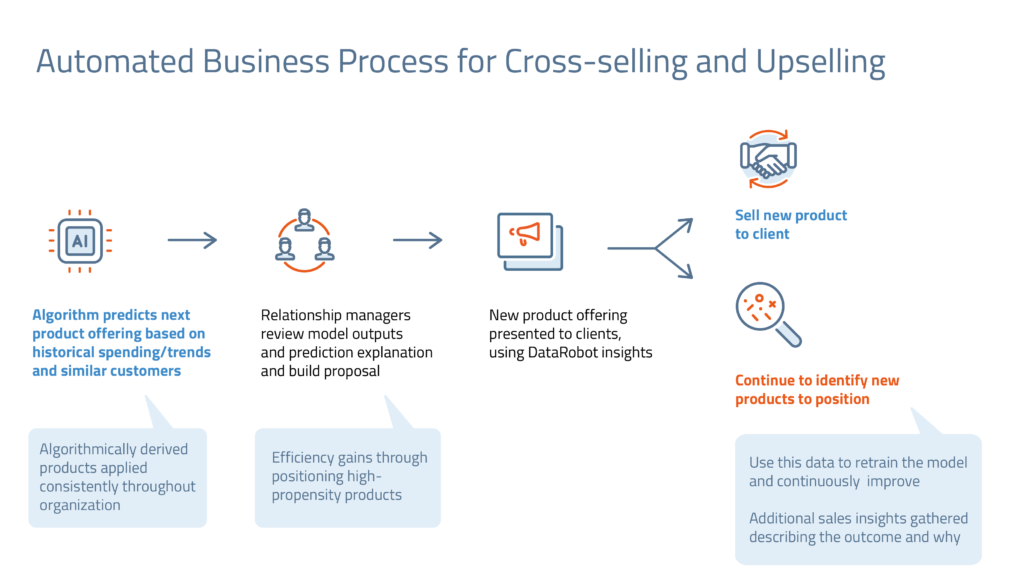
These are significant sales techniques that businesses use to increase their revenue. Upselling or cross-selling email automation workflows are sent to consumers based on their past purchases. E-commerce businesses often use this workflow to send personalized recommendations and convert existing customer base to repeat buyers.
These emails cut down the cost of acquiring a new customer and increase an existing customer’s lifetime value. Here’s what an upselling or cross-selling workflow can look like: Wait for ten days after the customer makes a purchase, based on their purchasing history, send product recommendations, upsell or cross-sell them if they add the product recommendation to their cart.
9. Feedback workflow
Feedback is crucial for all businesses to get data regarding their products and build trust from their customer base. Feedback email automation workflows are great for getting feedback from customers instantly. It helps you understand the customer satisfaction level and ways to improve your offers.
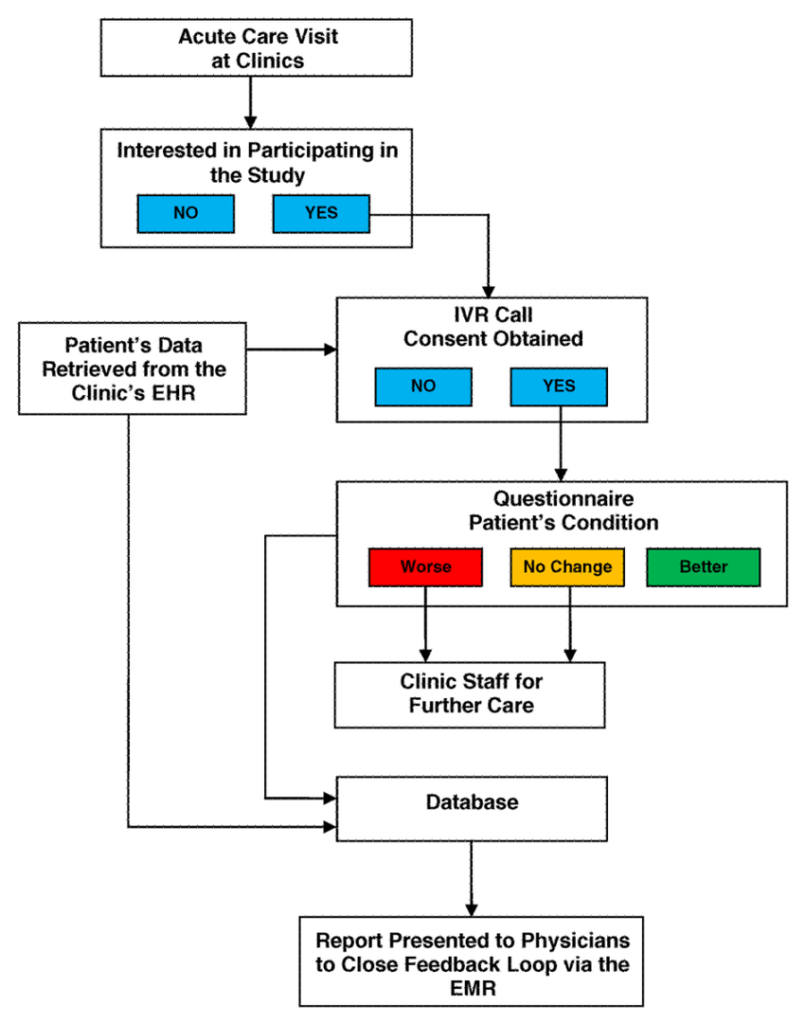
To set up this workflow, first, identify the trigger that will set off this campaign. Ideally, it would be when a customer purchases something or interacts with the customer support team.
10. Thank you email workflow
Thank you automated email workflows are email campaigns sent to thank subscribers for completing an action. For example, a thank-you email can be sent to thank a contact for attending your webinar, filling out a survey, updating their email preferences, etc.
The goal of this workflow is to make subscribers feel appreciated and welcome. They are also used to maintain contact and re-introduce contacts to your brand.

11. Transactional workflow
Transactional workflows are automated emails sent to facilitate a transaction when a customer requests a free or paid service or product, for example, password-reset email, double opt-in email, order confirmation, or delivery email.
Unlike a marketing email campaign, these emails are not sent in bulk and are triggered only when the subscriber performs a particular action. This workflow aims to keep the conversation going and facilitate a transaction between a business and the customer.
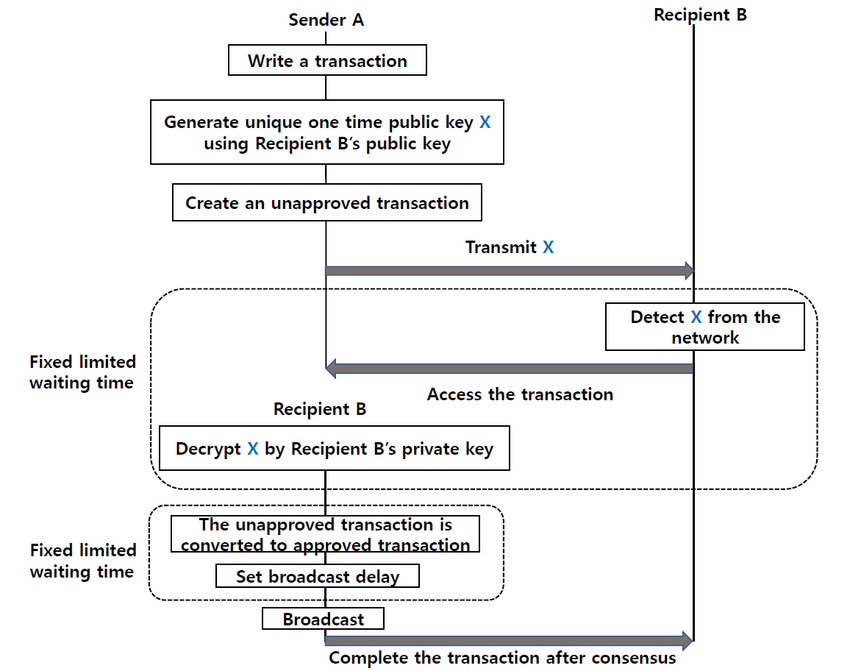
It lets businesses send emails that are unique to a particular customer. For example, it can include information that the person may have requested or share shipping notifications, such as changes in order or delays in delivery. You can even add an upsell or cross-sell in a transactional email to boost sales.
Also, make sure that the design is attractive; include your company’s logo, and use colors and fonts consistent with your branding.
12. Birthday/anniversary celebration workflow
These are automated emails that are sent to consumers on birthdays or anniversaries. For example, you can send a special discount to contact them on their birthday or the anniversary of your business.
Birthday or anniversary celebration workflows are a great way to make customers feel special and appreciated. They also reflect a positive brand image and make the brand memorable. It is also an excellent opportunity to make sales. You will need the birth date to send a birthday workflow, which can a customer can fill in when subscribing to your email.
13. Abandoned cart workflow
As the name suggests, the abandoned cart workflow is triggered when customers abandon their shopping carts. There could be various reasons why the consumers leave their unpurchased items in their carts, such as website crashing, slow wifi, etc.
These emails’ goal is to make the customers complete the checkout. SalesCycle reported that 50% of all abandoned cart emails are opened, and a third of the clicks lead to a purchase. They are highly effective for e-commerce businesses.
A cart abandonment workflow should be sent 24 hours after the purchaser abandons their cart. Scarcity can be used to nudge the customer to complete the checkout process. Then, wait for 2-4 days and see if the item has been purchased or not. If they still don’t make the purchase, add them to a clearance sale workflow, and if they make the purchase, add them to the upsell or cross-sell workflow.
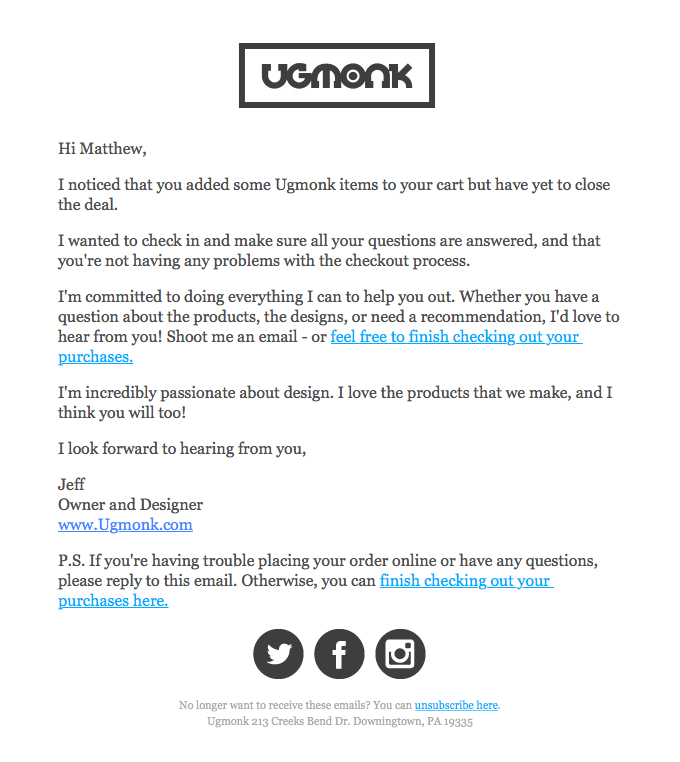
14. Onboarding workflow
Onboarding workflow refers to a series of emails sent to help a customer get acquainted with your product or service. These are usually sent after a person creates an account or purchases your product or service.
The goal should be to teach customers about the product’s main benefits or get to know what the customer intends to achieve by using the product. There are different onboarding emails, such as complete your profile series, free trial ending series, etc.
These also help set customer expectations as customers know what they should expect from the business. Utilize this workflow to introduce the customer to your customer service. Additionally, follow-up emails can be sent, including product demos, tutorials, and tips.
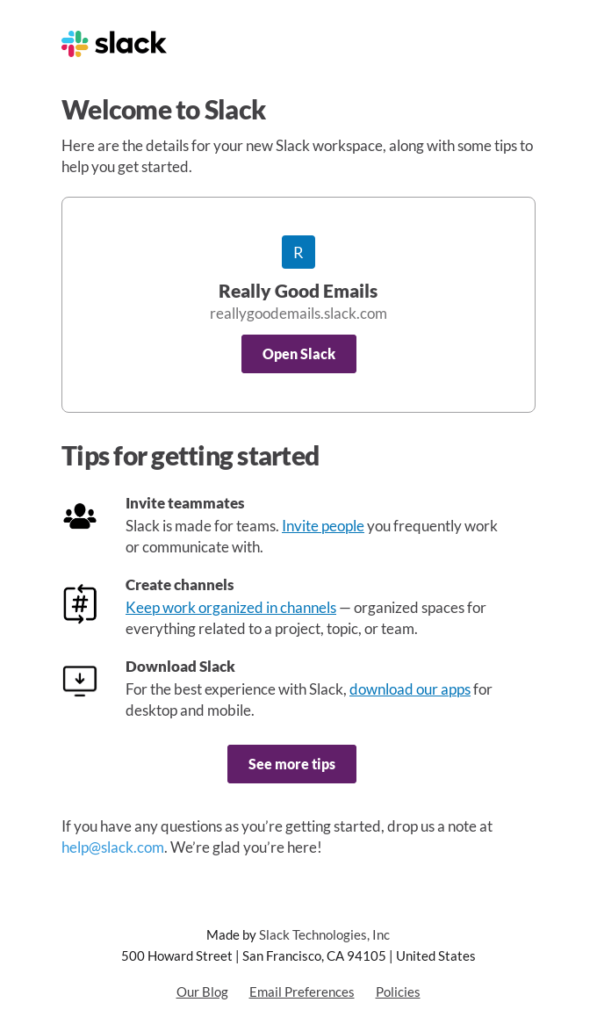
In Summary
Email marketing is the top-most marketing channel for businesses and marketers all over the world. However, it is not humanly possible for marketers or teams to reply to every single email individually. Here is where email marketing automation comes in. These workflows give marketing teams the flexibility to set it and forget it.
Once you design a workflow in your email marketing software, you no longer have to worry about missing special moments like birthdays or anniversaries. Based on your goals, you can select which automated email campaign needs to be set up.
Key Takeaways
- Email workflow automation is the process of sending a series of emails based on a subscriber’s action or behavior.
- Through email marketing automation you can regularly contact your subscribers, build lasting relationships with subscribers, and drive more revenue for your business.
- To set up a workflow, identify the target audience, determine the goals, establish enrollment criteria, map the actions, set up and monitor the campaigns.
- There are various types of automated email campaigns such as welcome email series, transactional emails, birthday/ anniversary celebration emails, abandoned cart email sequence, re-engagement workflow, topic content workflow, training content workflow, lead nurturing email series, etc.
- You can improve your email marketing automation workflows. By split-testing the email copy, sending relevant emails, writing better subject lines, and investing in relationship building.
FAQs
Email automation flow is when an email campaign is automatically sent to subscribers after a trigger. For example, when a consumer leaves his cart without making the purchase, a cart abandonment email is sent to the person to encourage them to complete the purchase.
Automated email campaigns can be set up to automate email marketing. In order to set up an automated email campaign, you need to first identify the trigger that will initiate the campaign. Then, add steps in the workflow based on the customer journey.
A workflow is a series of automated emails that are sent when the subscriber takes a predefined action, such as signing up for the newsletter. Although there may be several emails in a single workflow, they seek to accomplish the same goal, such as welcoming new subscribers or onboard new customers.
1. Mailchimp
2. ConvertKit
3. MailerLite
4. GetResponse
5. Klaviyo
6. Wishpond
7. Omnisend
8. Mailerjet
9. Drip
10. Hubspot
11. Active Campaign
The best platform for your email marketing needs is one that seamlessly integrates with your CRM and helps achieve your specific goals. It should have good email deliverability, have a good customer support team to help you when you get stuck, and easily scale your campaigns.
Latest Blogs
Explore how Google’s 2025 AI search updates triggered ranking chaos. Learn actionable strategies to adapt your SEO for AI Overviews, zero-click searches, and SERP volatility. Stay ahead now.
Learn how to rank on AI search engines like ChatGPT, Perplexity, and Gemini by optimizing your content for authority, structure, and relevance. Stay ahead in AI-driven search with this strategic guide.
Explore the best healthcare SEO services for your medical practice. Improve online visibility and effectively reach more patients in need of your services.
Get your hands on the latest news!
Similar Posts

Content Marketing
4 mins read
11 Best B2B Content Marketing Agencies for B2B Companies in 2024

Content Marketing
5 mins read
Top ecommerce Marketing Agencies with Proven Strategies for 2024

Content Marketing
5 mins read